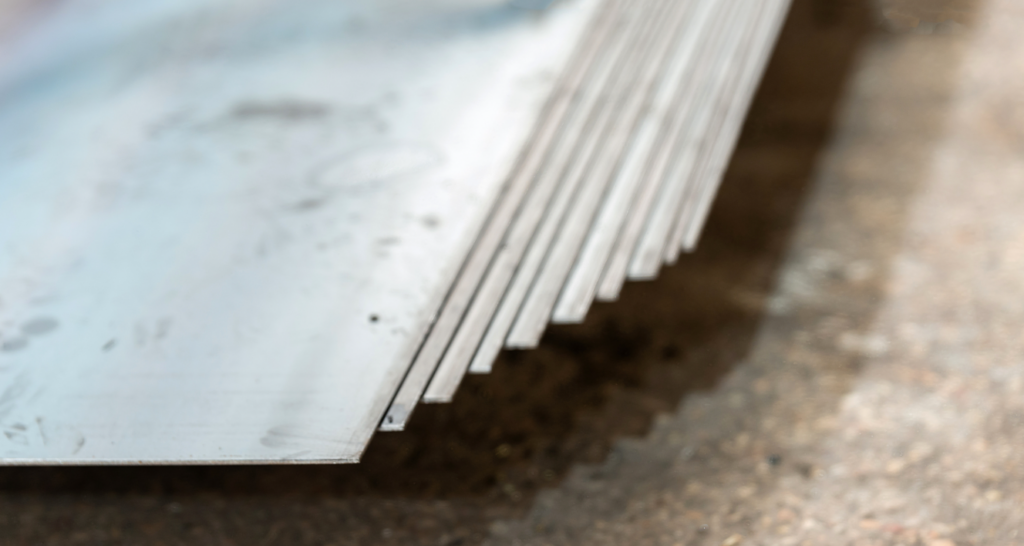
From mild to bright, galvanised to reinforcement... Steel comes in many shapes, sizes, finishes and manufacturing processes. One of the most frequently asked questions on this particular metal material matter is: what is the difference between hot rolled and cold rolled steel?
In this blog, Austen Knapman will take you through these special steel making techniques, outlining what makes each individual rolling process appropriate for your next project.
What's The Difference Between Hot Rolled Steel & Cold Rolled Steel?
Essentially, they're the same metalworking process with a single crucial difference. Hot rolling is a process executed at extremely high temperatures, allowing the steel to become malleable and easy to work with before being rolled out into sheeting.
Cold rolling is hot rolling, but with an additional step; the processed metal is allowed to cool before being rolled further at room temperature. Cold rolling gives the steel a more professional, smoother finish and a stronger composition.
What Is Hot Rolled Steel?
When hot rolling, the metalworker will roll-press the steel at very high temperatures of around 926°C. This temperature will allow for great workability when handling the initial length of metal. Once heated, the metal is flattened out into a roll, and while still remaining at extreme temperatures, is rolled into its necessary dimensions. Sheeting is often spun and then cooled naturally. When the hot rolling process is complete, the metal is identified mainly by its rougher or scaly surface - a common byproduct of the cooling process.
Advantages: The most affordable of the two roll-processed metals. It is very easy to work with, form, shape and cut. The rougher, unfinished surface makes it incredibly useful for projects that do not require a professional, aesthetically pleasing finish.
What Is Cold Rolled Steel?
Cold rolled steel goes through the same extreme heating process with additional work to improve the quality, properties and finish of the metal sheeting. After heating and rolling has been completed, the steel sheet is left to cool in standard room air temperatures, before being compressed further in rollers and finishing with special treatments for a professional end result. Cold rolled steel is identified by a smoother, more consistent surface finish with greater hardness and enhanced strength properties.
Advantages: A smoother, more consistent, attractive finish for high-end applications. These include premium metalwork projects and the manufacture of metal furniture, storage and appliances. Cold rolled steel is also tougher and stronger than hot rolled steel with resistance against distortion. Austen Knapman stock a range of mild steel cold rolled sheet that is incredibly easy to work with, drill, cut, form and weld.
What Can I Use Rolled Steel For?
Cold rolled steel is essential for applications that are finish-focused, such as metal cabinets, lockers, home appliances, furniture and officeware. You can also use cold rolled steel sheeting for garages, garage doors, industrial buildings, sheds and outbuildings.
Hot rolled steel is more of a practical and function-focused material. It can be used for construction projects with budgetary restraints, as well as for internal parts and components, boilers, repair work and similar restoration projects and vehicle frames.